The Ruby Princess docked to much fanfare in Juneau harbour last Sunday, kicking off the biggest season ever in Alaskan waters and a major trial for the cruise industry’s ability to prove themselves good “environmental stewards”.
Some 1.3 million passengers – 37,000 of them from Australia – will sail the Fjords and take the shore excursions in one of the world’s best playgrounds for soft cruise adventure – a 16 per cent increase over last year.
They will cuddle huskies, take toboggan rides, see the brown bears, stay in lodges set in stunning scenery and sail some of the most awe-inspiring waters our planet can provide.
Alaskans are amazingly hospitable people, and they have been painting, scrubbing and preparing their towns through the winter for this annual invasion.
But even they are bracing for their most important test yet.
The ships are bigger. Majestic Princess, Ovation of the Seas and Norwegian Joy and Bliss are all megaships.
And they have one other thing in common: they were originally intended for China, but have changed course to chase the higher profits in North America, where cabin rates and onboard spending are much more lucrative.
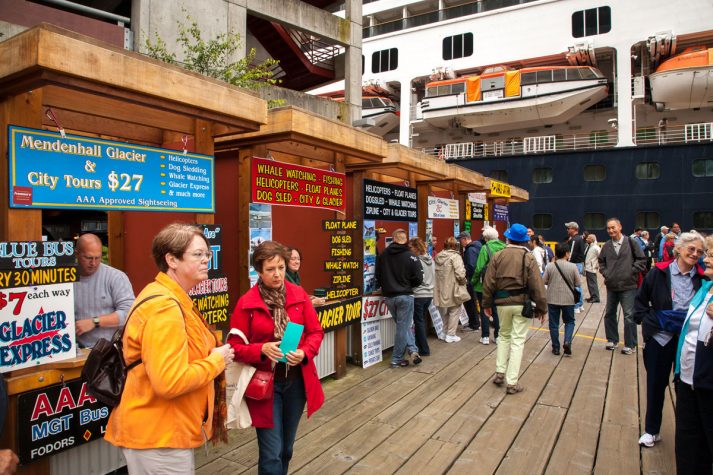
Cunard is back in Alaska after a two-decade absence. Princess Cruises has seven ships including Royal Princess. Holland America Line has eight.
“Our cruise ship passengers have a tremendous economic impact in Juneau,” says Liz Perry, President and CEO of Travel Juneau.
“There will be approximately 1.3 million cruise passengers in town this season, the McDowell group estimates that spending is around $168 per person.”
Juneau is set for growth of around 10 per cent for the next three seasons.
That means swelling crowds in the downtown area filled with seasonal retailers, bars and restaurants. “It transforms our business,” Eric Forst, the owner of the iconic Red Dog Saloon tells local radio station KTUU.
“Our business is a very basic four or five person operation and we grow to a 40-50 person operation overnight. We’re open at 9:00 am everyday.
“By 11:00, we’re full, and we have a line out the door most of the day until 7:00, when people start to trail off and head back to their ships,” Forst said.
Two weeks ago, the Juneau Empire newspaper headlined a report on a sustainability meeting among local residents: “How many tourists is too many?”
Some 20 years ago, Alaska had 600,000 cruise passengers. The same question was asked then.
It helps that Juneau can only accommodate five large ships at once.
“Right now is when we’re just starting to have these discussions in the community again about growth,” says one.
A recent SKIFT report quoted Anchorage writer Scott McMurren of the Alaska Travelgram as saying: “We’re thrilled that it is a robust and healthy business, but we want to make sure that Alaska remains a stable and sustainable partner in this enterprise.
“Because otherwise you get diminishing returns and it doesn’t become a good place to live and raise your family, and it also does not become the type of destination that has that mysterious allure that has drawn people here for generations.”
Cruise lines get this argument, and have been working to avoid any suggestions of overtourism.
John Binkley, executive director of Cruise Lines International Association Alaska (CLIAA), told local radio the cruise industry is committed to addressing complaints about Juneau’s air quality in summer.
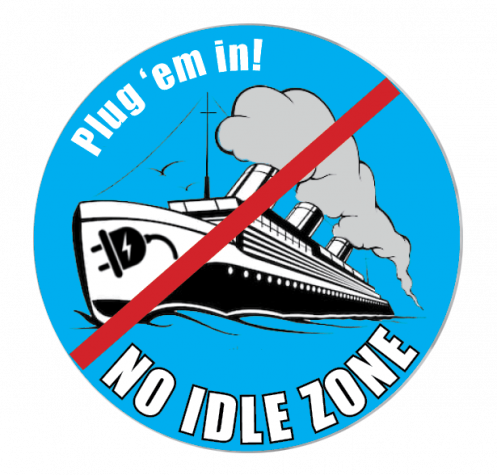
They are adjusting schedules to reduce the amount of time ships spend waiting for other ships to leave so they can dock – where they idle their engines so the ship still has power.
“This year, instead of idling out there and starting to tender early, they’ll wait till the other ship is ready to leave, then come into the harbour. The first ship will leave and the second ship will come right into the dock,” Binkley told a public sustainability forum reported on radio station KTOO.
The Alaska Department of Environmental Conservation will collect air quality data. And a controversial plan which means Ocean Rangers on each ship to ensure they comply with local regulations, despite attempts to have their funding cut.
A group called Renewable Juneau is keen to see money spend on new shore power units so vessels don’t have to burn oil to maintain power.
CLIAA has settled a court case over how Juneau collects passenger fees and how much they cost, and is now looking to forge a new relationship.
This season will show whether that relationship can work for both cruise lines, passengers and the local community.

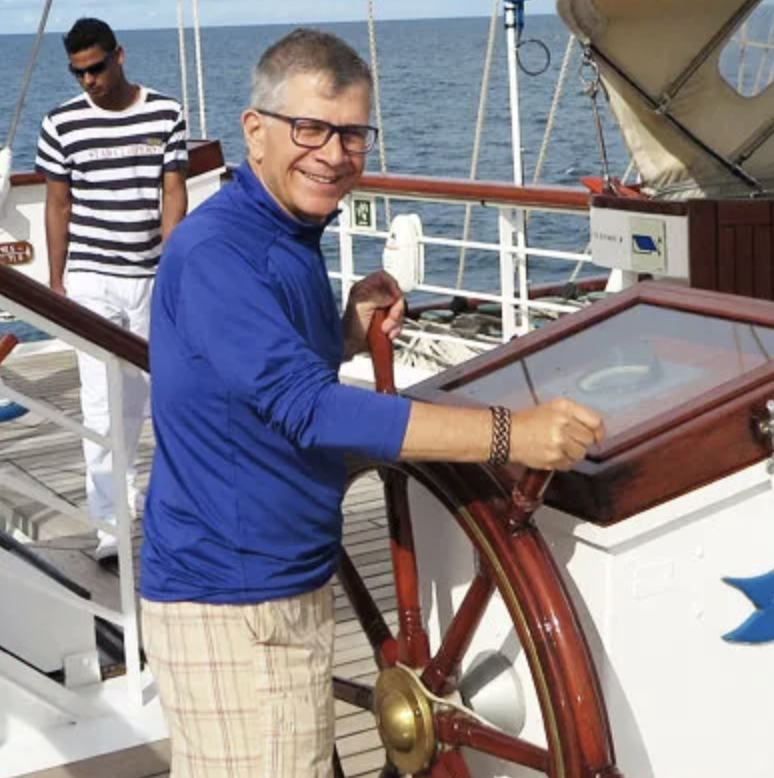
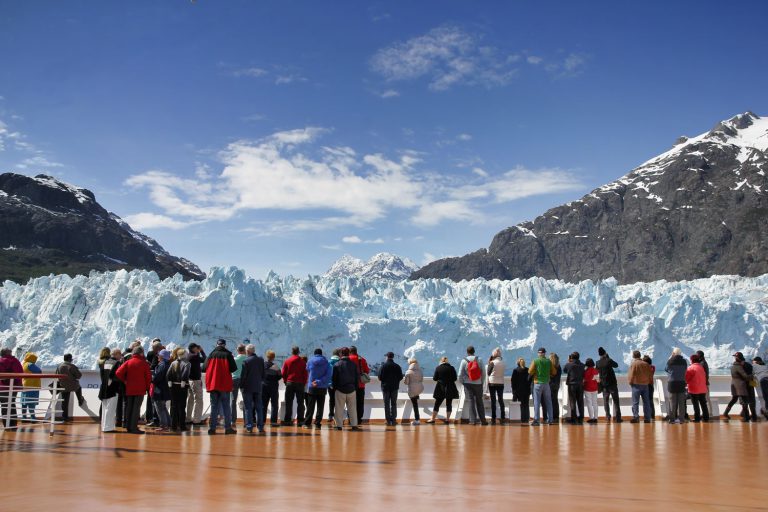
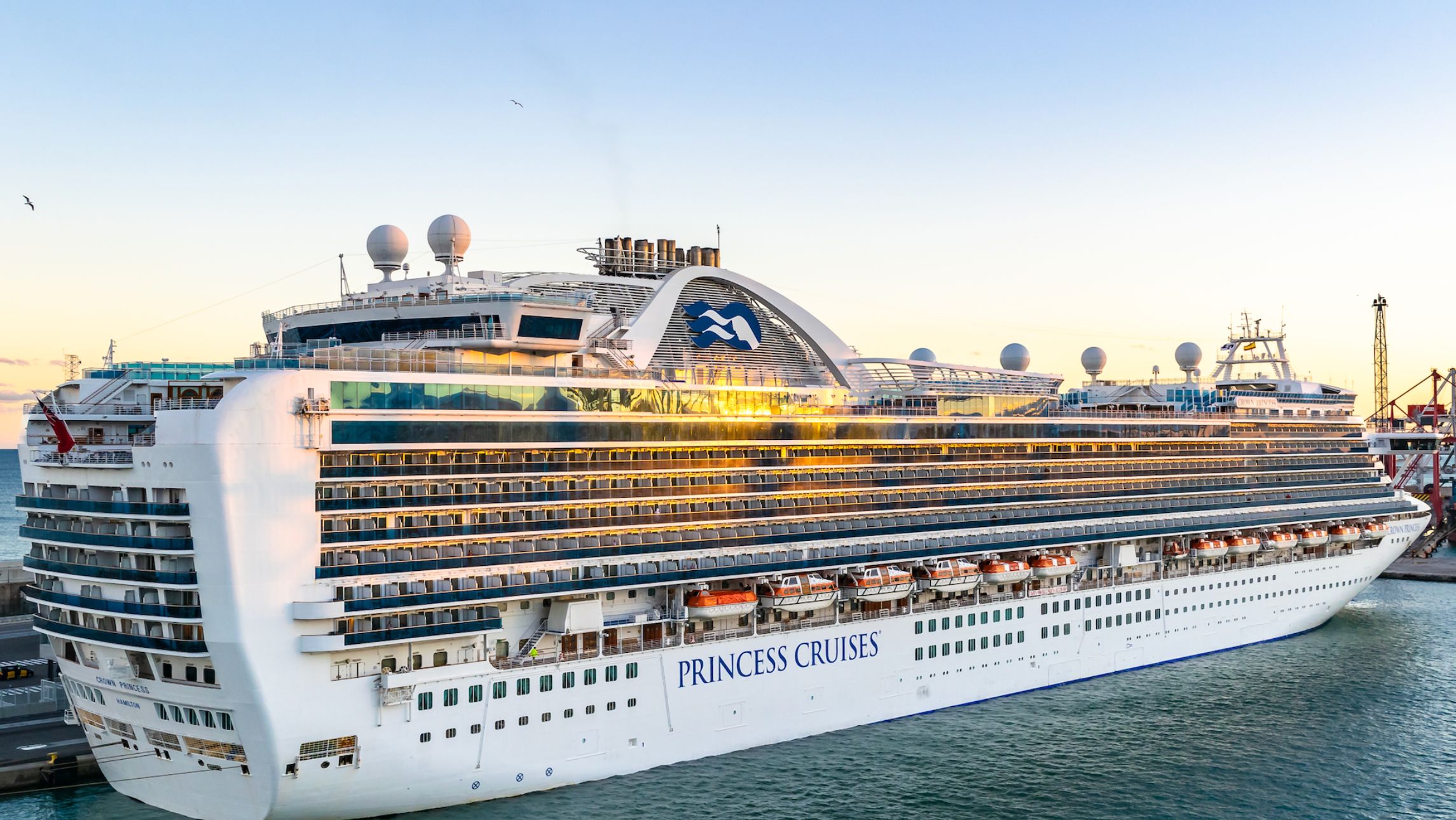

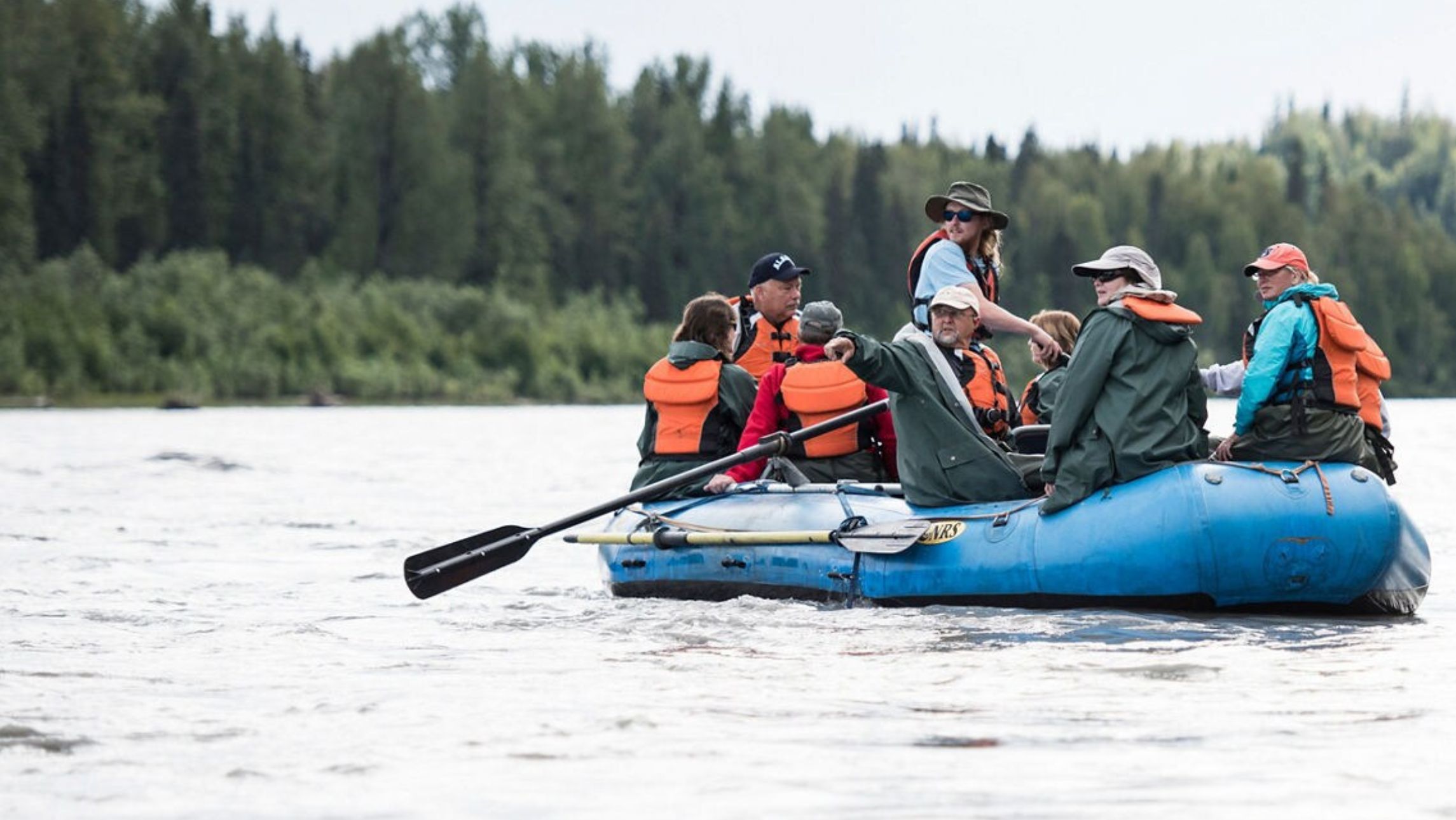




Even though the cruise companies dont want “over tourism” in Alaska, it is obvious that with the addition of these mega ships this season, they are all in for their share of the market/profits. Cruisers like myself who first went to Alaska within the last 10 years or even longer, will see that some of the Ports will simply lose their appeal simply by the fact that it will be too crowded. I want to go back, however it is losing its appeal in many ways, which is very concerning and sad. Last time in Juneau, I went walking in and around the back blocks and found a wonderful local Hotel/bar where it was mainly locals. I had to look for that but that was half the fun. I dont want to be competing with thousands of others for that kind of experience. Surely, we have to be approaching max capacity, or are we already there??